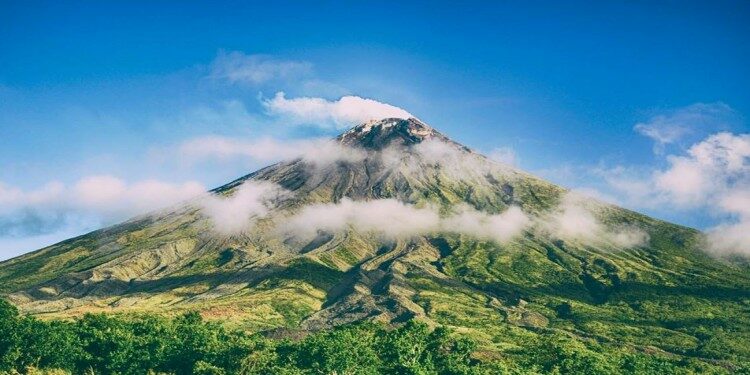In news– The ground is shaking and swelling at Mauna Loa, the largest active volcano in the world, indicating that it could erupt.
About Mauna Loa-
- Mauna Loa is one of five volcanoes that together make up the Big Island of Hawaii in the U.S. state of Hawaiʻi in the Pacific Ocean.
- The largest subaerial volcano in both mass and volume, Mauna Loa has historically been considered the largest volcano on Earth, dwarfed only by Tamu Massif.
- It’s not the tallest (that title goes to Mauna Kea) but it’s the largest and makes up about half of the island’s land mass.
- It sits immediately north of Kilauea volcano, which is currently erupting from its summit crater.
- Kilauea is well-known for a 2018 eruption that destroyed 700 homes and sent rivers of lava spreading across farms and into the ocean.
- Mauna Loa’s eruptions differ from Kilauea’s in part because it is taller. Its greater height gives it steeper slopes, which allow lava to rush down its hillsides faster than Kilauea’s.
- Its enormous size may allow it to store more magma, leading to larger lava flows when an eruption occurs.
- Mauna Loa last erupted 38 years ago. In written history, dating to 1843, it’s erupted 33 times.
- The Big Island is mostly rural and is home to cattle ranches, coffee farms and beach resorts.

Note:
- Hawaii’s volcanoes are called shield volcanoes because successive lava flows over hundreds of thousands of years build broad mountains that resemble the shape of a warrior’s shield.
- Shield volcanos are also found in California and Idaho as well as Iceland and the Galapagos Islands.
- Alaska’s Wrangell-St. Elias National Park has eight shield volcanoes including Mount Wrangell. Volcanoes like Mount St. Helens are called composite or stratovolcanoes.
- Their steep, conical slopes are built by the eruption of viscous lava flows and rock, ash and gas. Japan’s Mount Fuji is another example of a composite volcano.
















